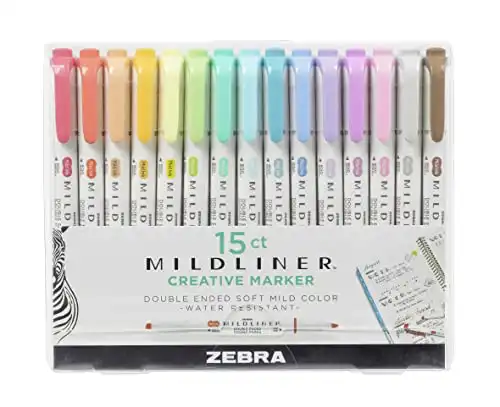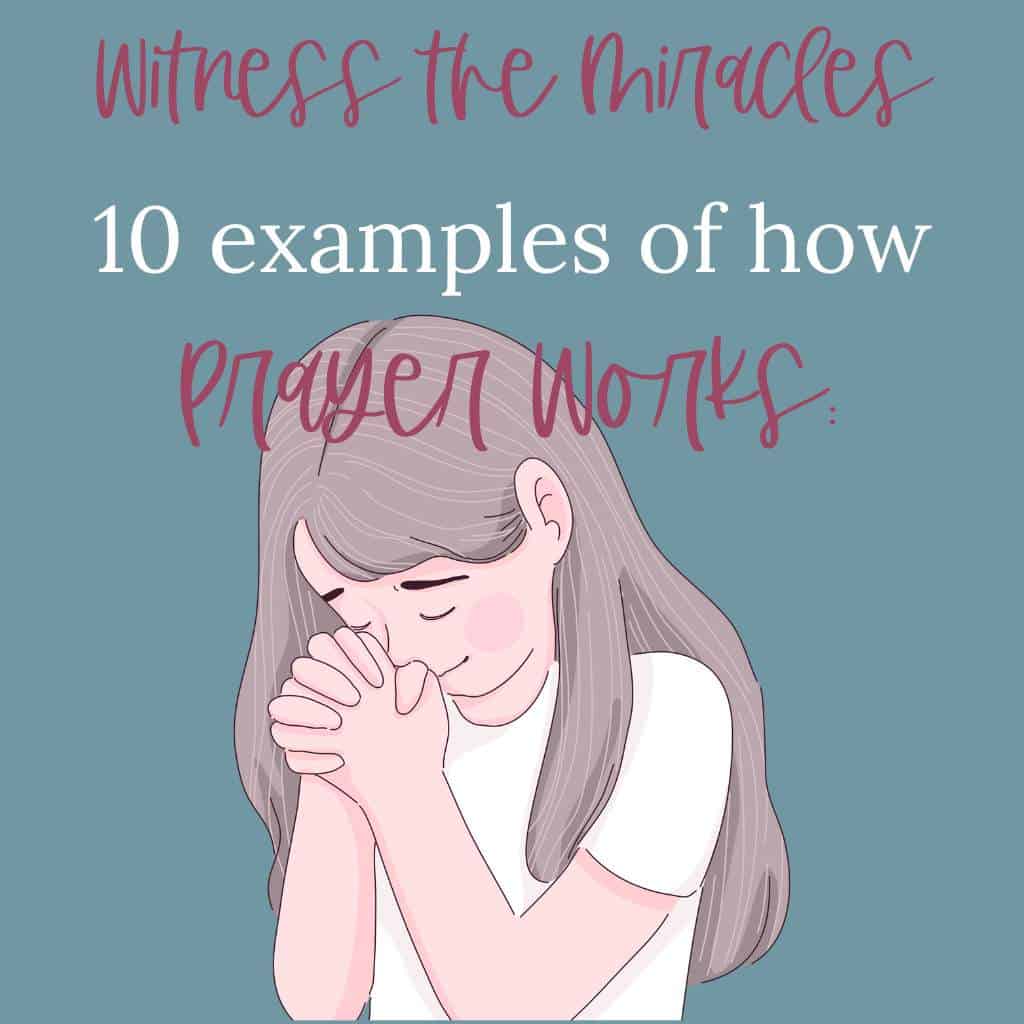How to Use the Best Bible Color Coding System for Your Bible Study
Reading my
As an avid reader of the
If you’d like to grab my Printable Bible Study Color Code click here.

Understanding Bible Color Coding
What is the purpose of Bible color coding?
Using a
By using a color-coding system, you can quickly locate verses that relate to topics such as love, forgiveness, faith, or any other theme that is important to you. This can be especially helpful when you are looking for inspiration or guidance during difficult times.
Highlighting the
Using a

Benefits of Color Coding Your Bible
Highlighting your
- Underlining and highlighting key verses: This allows you to quickly identify and find key verses that speak to you. You can use different colors to underline or highlight verses that are particularly meaningful or relevant to your life or that connect with a theme or category. This makes it easier to find these verses later when you want to revisit them.
Engaging with the Word of God: This encourages you to engage with the Word of God in a more active way. As you read the
Bible , you can think about which verses speak to you and what they mean to you. This can help you to deepen your understanding of scripture and your relationship with God.- Journaling and
Bible study: Highlighting can also be a helpful tool for journaling andBible study. You can use different colors to mark yourBible with symbols and notes that help you to remember important insights or questions that arise as you read. This can help you to stay focused and engaged during yourBible study sessions and help you better understand scripture. - Making your
Bible more personal: Color coding yourBible is a way to make it more personal and meaningful to you. You can create a system that reflects your unique perspective and insights by using different colors to mark different verses. This can help you to feel more connected to the Word of God and to your own spiritual journey. - Remembering what you read: Finally, color coding your
Bible can help you to remember what you read. By using different colors to highlight different types of information, you can create a visual map of theBible that makes it easier to remember key themes and ideas. This can help you to retain more of what you read and to deepen your understanding of scripture over time.
Want to test out your color code? Here’s a Free New Testament Bible Reading Plan
Is it wrong to highlight the Bible ?
No, it is never wrong to highlight or write in your
I have discipled many women throughout the years, and one of the first questions I get asked after someone comes to know Jesus and gets their first
First, when it comes to biblical matters, we turn to the
Second, I see highlighting and marking a
Related: My Printable
Color Coding Categories for Bible Highlighting and Marking
Color coding your
- God and Jesus: Highlight verses that talk about God and Jesus in one color. This can help you to remember who is speaking in a passage and to keep track of the different names and titles that are used for God.
- Sin and Warning: Use a different color to highlight verses that talk about sin and its consequences. This can help you to remember the importance of avoiding sin and to stay on the right path.
- Promises and Hope: Highlight verses that talk about the promises of God and the hope that we have in Him. This can help you to stay encouraged and to remember that God has a plan for your life.
- Prayer and Faith: Highlight verses that talk about prayer and faith in one color. This can help you to remember the importance of prayer and to stay focused on your relationship with God.
- Scripture and Context: Use a different color to highlight verses that talk about scripture and its context. This can help you to understand the meaning of a passage in its historical and cultural context.
- Symbols and Names: Highlight verses that use symbols and names to describe God and His attributes. This can help you to understand the symbolism of the
Bible and to remember the different names and attributes of God. - Obedience and Commands: Use a different color to highlight verses that talk about obedience and following God’s commands. This can help you to remember the importance of obeying God and to stay on the right path.
- Love and Encouragement: Highlight verses that talk about love and encouragement in one color. This can help you to stay encouraged and to remember the importance of loving others.
- Spiritual Growth and Warfare: Use a different color to highlight verses that talk about spiritual growth and spiritual warfare. This can help you to remember that you are in a battle and that you need to grow in your faith to be victorious.
Remember, these are just some suggestions for categories. You should choose categories that are meaningful to you and that will help you to grow in your faith.
Done for you Bible Color Code Printable with Bookmark
I have made a Printable
I made this with the most common topics to highlight!
You can grab your Printable

How do you choose which colors to use for Bible color coding?
When it comes to
First, you should consider the categories you want to focus on. For example, you might want to color code verses about love, forgiveness, or wisdom. Once you have decided on your categories, you can choose colors that represent each one.
Here are some common color associations you can use as a starting point:
- Orange: Sin, satan, death, hell, etc
- Blue: who God is, names of God, attributes, etc
- Yellow: relationships, how to treat others, etc
- Purple: promises of God, eternity, etc
- Red: Wisdom, teaching, etc
- Green: Christ’s work, prophecies, etc
- Pink: family, parenting, friendships, etc
Of course, you can use any colors you like, but it’s important to be consistent so you can easily recognize which category each verse belongs to.
Another thing to consider is the intensity of the colors. You might choose to use lighter shades for less important categories and darker shades for more important ones. Alternatively, you could use bold or underlined text to highlight key words or phrases within a verse.
Ultimately, the goal of
Consider Generic Colors
One option is to use generic colors, such as red for sin, orange for warnings, blue for promises, yellow for blessings, purple for royalty, green for growth, pink for love, and brown for history. These colors can be easily remembered and applied to various passages throughout the
Personalize Your Colors
You can also personalize your color code by choosing colors that have personal significance to you. For example, if blue is your favorite color, you could use it to represent passages that speak to you on a deep level.
Use Bold and Underline
In addition to colors, you can also use bold by drawing around each letter and underline to highlight important words or phrases in your
Make a Key
Whatever system you choose, it’s important to make a key to keep track of your colors and what they represent. This can be as simple as writing the color and its corresponding meaning on a piece of paper or creating a more elaborate chart or table.
Remember, the most important thing is to find a system that works for you and helps you engage with scripture in a meaningful way. Don’t be afraid to experiment and try out different colors and methods until you find what works best for you.
If you’d like a key done for you, you can check out my Printable Bible Study Color Code here.
Materials Needed for Your Bible Study Color Code
To get started with
Printable Bible Study Color Code
You can grab my Printable Color Code here.

Pens and Highlighters
Pens and highlighters are the backbone of your
|
3.5
|
3.5
|
3.5
|
3.5
|
|
$11.99 ($2.00 / Count)
|
$9.99
|
$18.29
|
$9.99
|
Notebook or Journal
You can use a notebook or journal to keep track of your
|
3.5
|
3.5
|
3.5
|
3.5
|
|
$8.14
|
$9.32
|
$8.29
|
$15.29
|
Pencils and Colored Pencils
Pencils and colored pencils are optional, but can be helpful for sketching out your color coding system before you start using pens and highlighters in your
|
3.5
|
3.5
|
3.5
|
3.5
|
|
$9.99
|
N/A
|
$17.76
|
$47.99
|
Ruler and Eraser
A ruler and eraser can be helpful for creating straight lines and erasing mistakes in your color coding system. Choose a small ruler that is easy to carry with you, and a high-quality eraser that won’t smudge or damage the pages of your
|
3.5
|
3.5
|
3.5
|
|
$8.36
|
$4.95
|
$6.85
|
Pencil Sharpener
If you’re using pencils or colored pencils, you’ll need a pencil sharpener to keep them sharp and ready to use. Choose a sharpener that is easy to use and that won’t damage your pencils.
Bookmark
Finally, you’ll need a bookmark to keep your place in your
With these materials in hand, you’re ready to start color-coding your
Related: How to Spend Time with God by Quickly Pausing 25 Ways
5 Steps to Color Coding
Color coding your
Step 1: Look at Other Color Coding Systems
Before you start color coding your
Step 2: Find the Right Tools for Color Coding
To color code your
Step 3: Decide on Your Topics for Bible Color Coding
Decide on the topics you want to color code in your
Step 4: Create Your Bible Color Coding Guide
Create a guide for your color coding system. This can be a simple list of your topics and the colors you’ll use to code them. You can also create a more detailed guide with examples and definitions. Keep your guide in your
Step 5: Mix Up Your Coloring Methods
Mix up your coloring methods to keep your
Applying Color Coding in your Bible Study
Now that you have your color coding system in place, it’s time to apply it to your
Want a Color Coded Bible ?
There are Bibles that are already color coded for you! They’ve done all the highlighting to help you have a deeper understanding of God’s word.
You can use this guide to find Color Coded Bibles:
|
3.5
|
3.5
|
3.5
|
3.5
|
|
$20.24
|
$49.95
|
$20.24
|
$32.06
|
Frequently Asked Questions
How can Bible color coding help with Bible study?
Color coding your
What are some popular Bible color coding systems?
There are many different ways to color code your
Can Bible color coding be done digitally?
Yes, many
What are some tips for effectively using Bible color coding?
Here are a few tips to help you get the most out of your
- Keep it simple: Don’t try to use too many colors or categories, or you may get overwhelmed and confused. Stick to a few basic themes or concepts that are meaningful to you.
- Be consistent: Use the same colors and symbols consistently throughout your
Bible so that you can easily recognize them and remember what they represent. - Use a key: Create a key or legend that explains what each color or symbol means. This can help you quickly reference your color coding system and avoid confusion. Here’s a done-for-you bible highlighting key.
- Don’t be afraid to experiment: If you find that your current system isn’t working for you, don’t be afraid to try something new. Everyone’s study habits and preferences are different, so what works for one person may not work for another.
Want to Get Started?
Grab my color code bundle today!


























